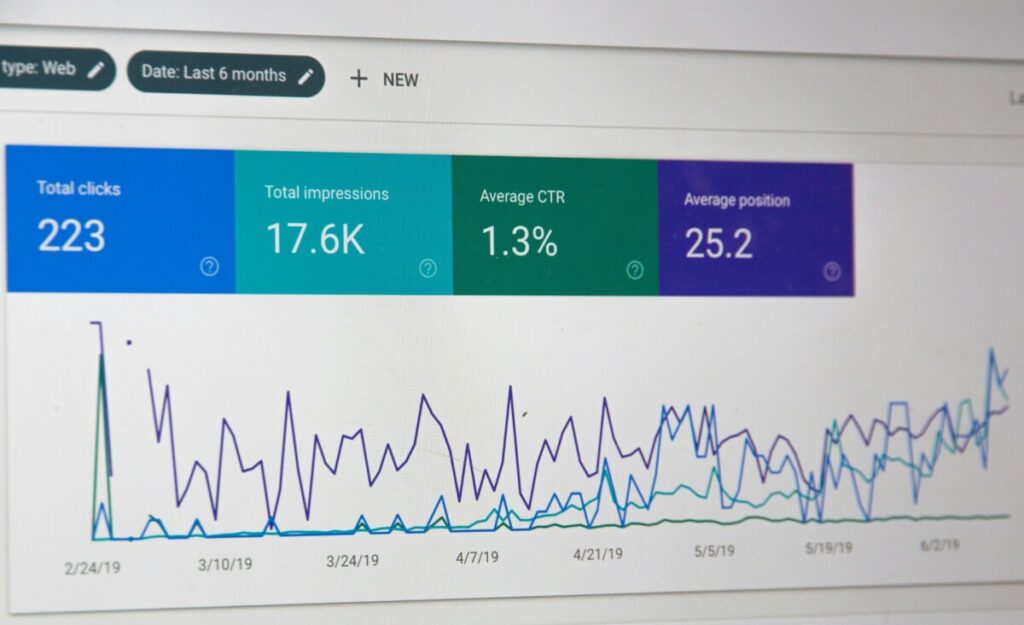
In the era of the Internet, your online presence can make or break your brand. That’s why it’s crucial to create an SEO-driven website. The practice of SEO, short for Search Engine Optimization, is not only about creating a website that’s visually appealing but also about making it easily discoverable through search engines. This article will explore the various facets of creating an SEO-driven website and cover the importance of these components.
What Is Search Engine Optimization?
Search Engine Optimization is the practice of enhancing your website’s visibility on search engines, so that it brings more traffic to your website. It involves the optimizing of various components of a website such as content and design.
There are other strategies to help boost your website’s visibility. For example, you can optimize your link-building strategies to help build your website’s domain authority (DA). Quality backlinks from high-DA websites can significantly boost your ranking on SERPs. Including meta tags, headlines, and images is also a great way to make your site attractive to search engines.
Even getting down to the technicalities of your website can increase visibility. For instance, ensuring that your website loads quickly can give your website some SEO plus points.
Graphic Design: A Key Component of SEO-Driven Websites
Graphic design plays a crucial role in the optimization of websites for search engines. In a world where attention spans are getting shorter, capturing the attention of your audience with a well-designed website can help reduce bounce rates (i.e. the number of people who leave your website after visiting a single page).
Here’s how it works. When you create a website with a stellar user interface/user experience (UI/UX), your audience is more likely to stay on your page. This sends a positive signal to search engines, telling them that your website is one that’s worth visiting.
To create a smooth user experience, you need to first understand your audience. Know their pain and pleasure points, and from this, you can find out what parts of your website need tweaking. A good example of creating a pleasant UX is to use white space. It’s an important part of good design – eliminating all the noise and focusing on the parts that truly matter, such as your call to action (CTA).
Speaking of CTAs, you have to make them appealing as well. Choosing the right color for your buttons or CTAs with a good understanding of color psychology. This can enhance user engagement, which also signals to search engines that your website is a trusted one.
Content: A Key Component of SEO-Driven Websites
Content is king. When your website provides value to your readers by answering their questions and catering to their interests, you increase engagement. This is a positive indicator to search engines that your website is relevant. Now, let’s explore the different facets of great content:
Keyword Optimization
Part of crafting captivating content includes keyword optimization. For example, if you’re targeting the keyword ‘best Chinese restaurants’, you’ll have to create content that works around this keyword while ensuring that you strike a balance of mentioning it frequently enough that search engines understand your website’s content, but not overwhelmingly so to the point that your content sounds repetitive to your readers.
Establish Expertise
Of course, you have to create content that’s factual. Content that’s based on research and facts demonstrates expertise. Your level of expertise on a certain topic can help search engines evaluate your website’s authority.
Many have used the assistance of artificial intelligence to create content more efficiently. However, there’s the issue that it may not always be entirely accurate. While many websites are incorporating AI content into their websites, it’s important to be mindful that the content is accurate and well-researched.
Incorporate Internal and External Links
Don’t forget to support your content with internal and external links. Internal links help search engines understand the relationship between different pages of your website, giving them a clearer picture of what your website is all about. And to establish domain authority, you’ll need to build external links with the help of an effective link-building strategy. External links are like endorsements from other websites – the more you have, the more your website is viewed as credible by search engines.
Technical SEO: A Key Component of SEO-Driven Websites
While content and design are more visible, it helps to optimize your website for technical SEO. For example, an HTTPS-encrypted website is more likely to be favored by search engines as it demonstrates security. Other search engines also consider the mobile-friendliness of a website as a ranking factor, especially with more people browsing the Internet from their mobile phones. When it comes to SEO, time is your friend as well. Additionally, optimizing your site speed and structuring your data can give your website that added boost.
Final Thoughts
Building an SEO-driven website requires you to examine your website from different perspectives. By considering your design, content, and website technicalities, you can help your website stay on top of the game in the ever-changing SEO landscape – and who knows, even rank 1st for your target keyword?
By creating your website with these components in mind, you not only create a website that’s appealing to search engines but also create one that’s valuable for your visitors. It’s like hitting two birds with one stone – the perfect strategy to drive traffic and ensure long-term business growth.

This article was written by Sophia Young for Moat Academy.